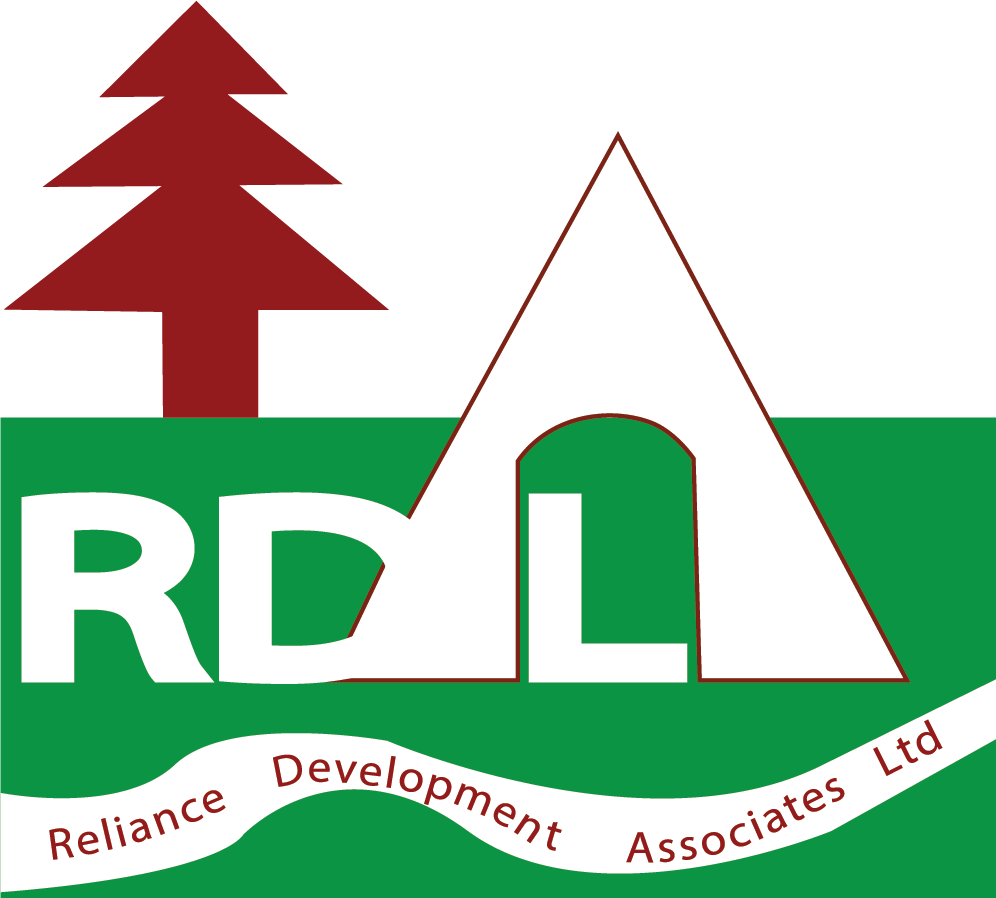Content
The term ‘debt ratio’ is a shorter name for total-debt-to-total-assets ratio. Experts measure the long-term debt to asset ratio a little differently. Instead, they only total any long-term liabilities that are due more than one year out. The debt to total assets ratio describes how much of a company’s assets are financed through debt.
Therefore, comparing a company’s debt to its total assets is akin to comparing the company’s debt balance to its funding sources, i.e. liabilities and equity. If a company has a negative D/E ratio, this means that it has negative shareholder equity. In most cases, this would be considered a sign of high risk and an incentive to seek bankruptcy protection.
Create a Free Account and Ask Any Financial Question
A company’s total-debt-to-total-assets ratio is specific to that company’s size, industry, sector, and capitalization strategy. For example, start-up tech companies are often more reliant on private investors and will have lower total-debt-to-total-asset calculations. However, more secure, stable companies may find it easier to secure loans from banks and have higher ratios.
- Therefore, this compensation may impact how, where and in what order products appear within listing categories, except where prohibited by law for our mortgage, home equity and other home lending products.
- More often, the total-debt-to-total assets ratio will be less than one.
- For example, Google’s .30 total-debt-to-total-assets may also be communicated as 30%.
- The Debt to Asset Ratio, or “debt ratio”, is a solvency ratio used to determine the proportion of a company’s assets funded by debt rather than equity.
- Debt Ratio is a financial ratio that indicates the percentage of a company’s assets that are provided via debt.
All you’ll need is a current balance sheet that displays your asset and liability totals. A track record of low debt and higher assets indicates that your team is good at managing money. A ratio that is greater than 1 or a debt-to-total-assets ratio of more than 100% means that the company’s liabilities are greater than its assets. A ratio that is less than 1 or a debt-to-total-assets ratio of less than 100% means that the company has greater assets than liabilities. A ratio that equates to 1 or a 100% debt-to-total-assets ratio means that the company’s liabilities are equally the same as with its assets. A variation on the formula is to subtract intangible assets (such as goodwill) from the denominator, to focus on the tangible assets that were more likely acquired with debt.
What Is Venture Debt?
All the information for calculating the debt-to-asset ratio can be found on a company’s balance sheet. The Liability section lists all the company’s liabilities and long-term debt and totals for both assets and liabilities are indicated. Return on Total Assets (ROA) – A firm’s net income divided by its total assets (both debt and equity supported assets). Interest expense is added back to net income because interest is a form of return on debt-financed assets. The debt to asset ratio is calculated by dividing a company’s total debts by its total assets. As with most measurements, the debt to asset ratio is not without limitations.
A company with a high degree of leverage may thus find it more difficult to stay afloat during a recession than one with low leverage. It should be noted that the total debt measure does not include short-term liabilities such as accounts payable and long-term liabilities such as capital leases and pension plan obligations. As with other financial ratios, the debt ratio should be considered within context. It can be evaluated over time to determine whether a company’s overall risk is improving or worsening and it should be assessed in the context of the specific industry.
Build your dream business for $1/month
It should support the company’s ability to meet its financial obligations, maintain financial stability, and enable sustainable growth. Comparing a company’s ratio to industry peers, historical performance, and industry averages can provide valuable insights to determine what is considered favorable within a specific sector. If the majority of your assets have been funded by creditors in the form of loans, the company is considered highly leveraged. In turn, if the majority of assets are owned by shareholders, the company is considered less leveraged and more financially stable.
For example, the real estate industry uses leverage to fund most of its projects. Real estate companies typically have a very high debt to asset ratio, but this doesn’t necessarily mean that it’s a bad business. It’s better to compare the debt ratio of companies operating within the same industry with the same set of constraints. Including preferred stock in total debt will increase the D/E ratio and make a company look riskier.
Once computed, the company’s total debt is divided by its total assets. We sell different types of products and services to both investment professionals and individual investors. These products and services are usually sold through license agreements or subscriptions. Our investment management business generates law firm bookkeeping asset-based fees, which are calculated as a percentage of assets under management. We also sell both admissions and sponsorship packages for our investment conferences and advertising on our websites and newsletters. Total Assets Turnover Ratio – A firm’s total sales divided by its total assets.
